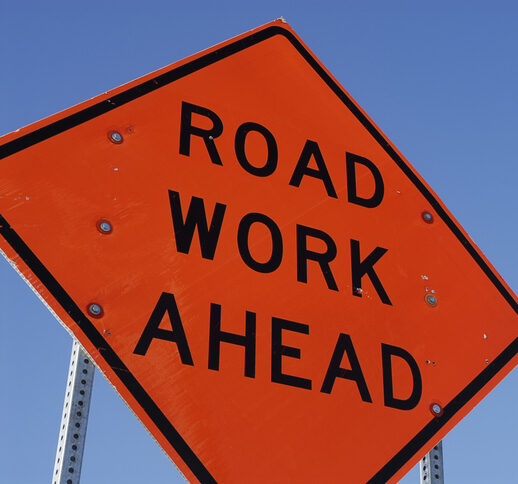As soon as you start hands-on firefighter training, you’re likely to recognize just how many risks there are. Encounters with heat, fire, hazardous chemicals, heavy materials, and sometimes complex equipment—firefighters interact with hazards daily. Being aware of the most common injuries in firefighting can help individuals and departments manipulate their safety procedures to best protect first responders and the public. Explore frequent firefighter injuries and their causes below.
Injury Statistics Overview
According to the U.S. Fire Administration, the injuries that firefighters experience the most—sprains and muscular strains—occur on the fireground (the operational area at the scene of a fire). Their overview for the most common injuries in firefighting includes the following stats:
- 42 percent of firefighter injuries happen at the fireground.
- 21 percent occur at non-fire emergency incidents.
- 16 percent were from other on-duty activities.
- 14 percent were derived from training.
- 8 percent happened while responding to or returning from a fire scene.
Enhancements in protective gear—such as rescue, tactical, and firefighting gloves—have decreased the number of fireground injuries over the last few decades. Continuing improvements in fire technology, equipment, and protective uniforms will allow you to combat fires more safely and effectively.
Fireground Injuries
As mentioned, most firefighter accidents occur while dealing with a fire. You’re most likely to experience harm when combatting a blaze, whether your task is assuring civilian safety or diminishing the fire. The two leading causes of fireground injuries are overexertion and exposure to hazard (such as heat or smoke). Inhalation of fire hazards can be detrimental to firefighter health, making durable and heat-resistant face masks a necessity. Additional accidents that are likely to occur on firegrounds include the following:
- Slips or trips
- Contact with harmful objects onsite (such as shards of glass or jagged, or hot, metal)
- Falls due to poor footing or a structure giving way
- Getting struck by a person, animal, or moving object
Department Vehicle Collisions
Yes—even the gigantic, booming, crimson firetrucks and fire engines are susceptible to harsh vehicular accidents. Though the likelihood of these accidents is much less common than those mentioned in the previous section, they still make up roughly one percent of firefighter injuries.
When barreling to the scene of an emergency, firefighters driving those iconic vehicles must strike a balance of poise and urgency. As you’ve undoubtedly witnessed at some point in your life, firetrucks and fire engines use wailing sirens and flashing lights to warn surrounding drivers to make way on the road.






